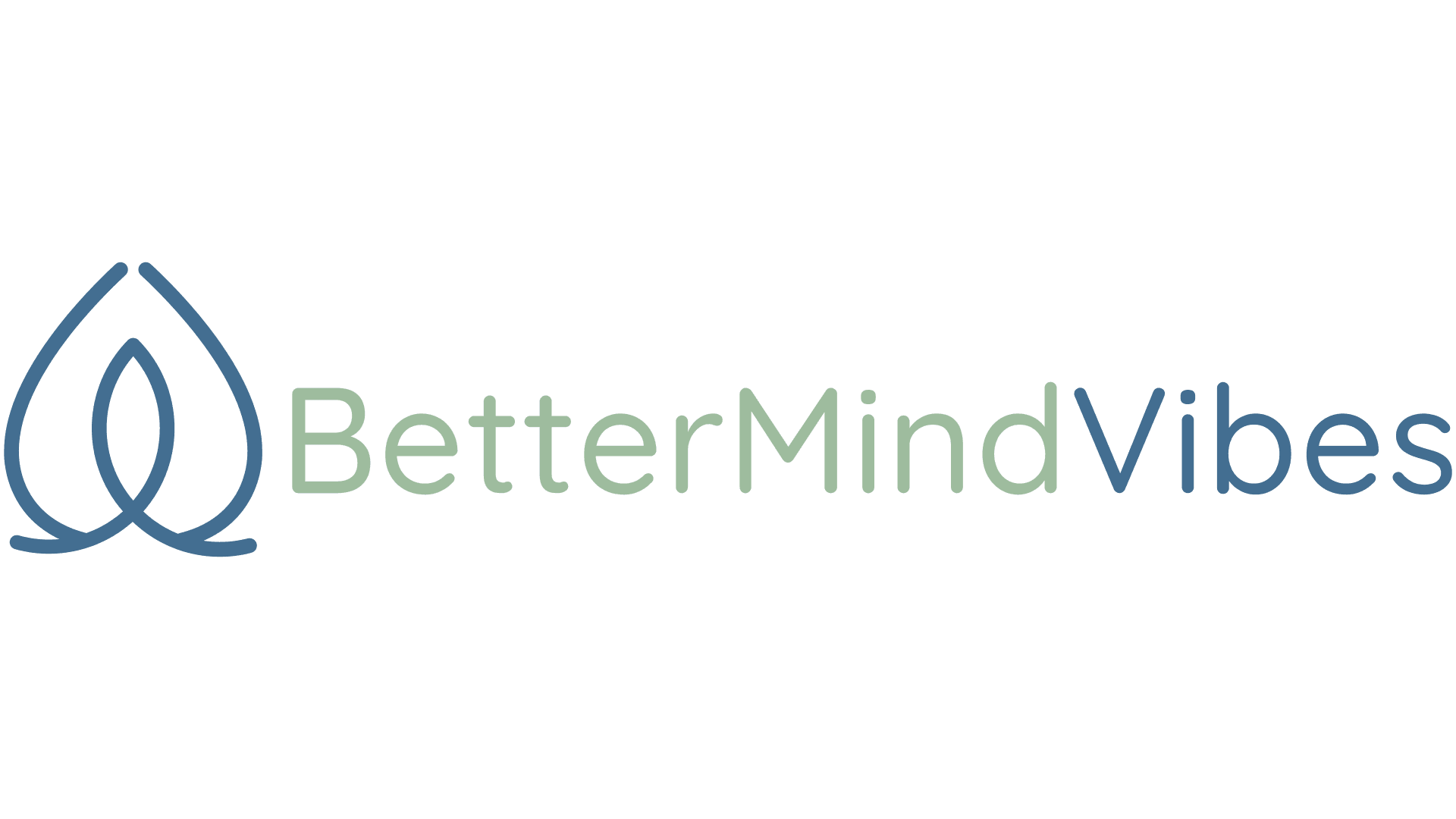If you are looking for an ayurvedic treatment to heal yourself and rejuvenate your body and brain naturally, Panchakarma can be of help. It is an ancient Indian practice that focuses on detoxifying the body, restoring balance, and enhancing well-being through a series of treatments.
You can now say goodbye forever to chronic diseases as you explore the wonderful power of panchakarma treatment. It’s simple, and it can help you in the long run. You’ll get all the answers regarding this practice right away through this piece.
What is Panchakarma in Ayurveda?
Panchakarma in Ayurveda is a therapy that involves five actions or karma (Vamanam, Virechanam, Anuvasana, Nasyam, and Astapana Vasti) that help in cleansing the body from accumulated toxins. This method purifies your body and restores your health.
According to Buddhica.com, “Panchakarma is a 5000-year-old science that is slowly making waves. Ayurveda is the science of life, and Panchakarma is one of the most important treatments.”
This practice facilitates the unblocking of channels, accelerates metabolism, enhances immunity, rejuvenates both mind and body, and alleviates stress.
The five core Ayurveda panchakarma treatments
1. Therapeutic Emesis (Vamana)
Vamana is a controlled process that makes you throw up to get rid of toxins. It is meant to clean out the upper digestive tract and the respiratory system. It is especially helpful for kapha-related disorders.
2. Purgation Therapy (Virechana)
This treatment focuses on cleansing the lower gastrointestinal tract through the administration of herbal laxatives. It's especially effective for pitta-related disorders.
3. Nasal Administration (Nasya)
Involves the administration of medicinal oils or powders through the nostrils to cleanse accumulated Kapha toxins from the head and neck region.
4. Enema Therapy (Basti)
Considered the most effective of the five procedures, Basti uses medicated oils or decoctions for cleansing through the rectal route, primarily targeting vata disorders.
5. Bloodletting (Raktamokshana)
This is a traditional method of cleansing the blood of toxins and is used less frequently in modern panchakarma therapy due to its invasive nature
Who should undergo panchakarma ayurvedic therapy?
Being an esteemed Ayurvedic treatment, Panchakarma, targets the deep-seated impurities within the body, offering a pathway to detoxification and healing for those aged 18 to 70.
If you're battling persistent illnesses, recurring infections, excessive fatigue, or a general sense of lethargy and low spirits, it's a sign that your body requires thorough detoxification and subsequent rejuvenation.
How do I avail myself of panchakarma therapy?
The availability of Panchakarma Ayurveda therapy is a commitment to your health and well-being. There are various methods through which you can avail of this treatment. First and foremost, you need to find a qualified practitioner.
You must then visit them for the initial consultation. During that particular session, the consultant will assess your health. They will even determine your inherent constitution and current state of imbalance to tailor the treatments to your specific needs.
Next, you may be advised to follow a specific diet and lifestyle regimen before starting the main therapy. Depending on your needs, you may undergo one or more of the five core panchakarma therapies.
As you undergo the therapy, the practitioner will also monitor your progress to check for improvement. With proper guidance, you can complete the therapy successfully.
According to the NCBI, “Once this cleansing process (Panchakarma) is complete, the body can resume its natural functioning without interference.”
However, it is recommended that you take follow-up sessions when and as needed. For this, you must get in touch with the same practitioner and see how things go.
Lastly, you might also opt for other Ayurvedic principles in your lifestyle, such as yoga and meditation.
Where can I find a panchakarma retreat?
There are many panchakarma retreats available in the USA. All you need to do is do some online research, check the authenticity of the particular center, and also look out for qualified trainers.
One can examine various retreat reviews and schedule a free or low-cost consultation for yourself to learn more about them.
The fee structure for panchakarma Ayurveda therapy varies as per your program, your needs, and the centers.
Moreover, understand that choosing to opt for a panchakarma treatment or a panchakarma center is up to you. Think about all the pros associated with it, take your time, and then take action.
Conclusion
In the end, we would like you to know that if any of you are pregnant, have a fever, or have any open wounds, you should avoid taking panchakarma therapy.
Always consult a qualified Ayurvedic physician before undergoing any therapy. They are best at their work and can provide you with the right sort of therapy depending on your state of health.









